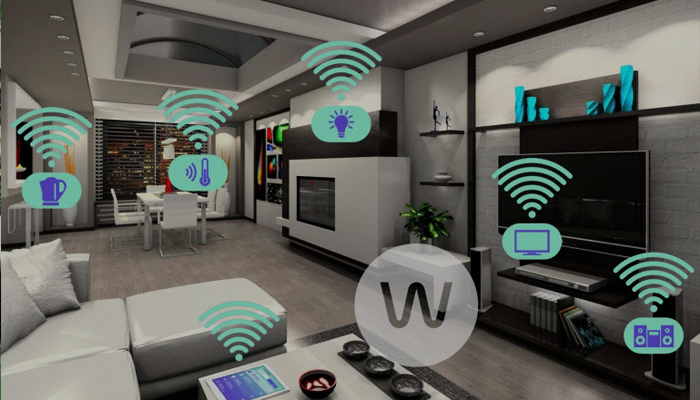Several weeks ago sites like Facebook, Spotify and Netflix experienced a massive internet outage after hackers flooded Dyn, a major internet gatekeeper, with false bandwidth from unsecured internet-connected devices.
Many of these devices were reportedly smart home gadgets using standardized manufacturer default passwords. It’s surprisingly easy for hackers to search the web for these devices and then, with the right malware, take control. From there, the hackers can use their army of hacked devices, called a “botnet,” to overwhelm whatever server they aim it at.
The incident raises questions about security concerns for the smart home. More and more internet-connected devices are part of today’s home. That means more potential ways for a hacker to gain access to a home’s devices.
At AHT, we take extreme measures to make sure all of our project’s meet the highest levels of network security and protocols. Below are a few tips and recommendations that we advise to anyone who is currently using or considering incorporating smart devices in their home.
Passwords
First, and most importantly, strong passwords are an obvious must, both for your devices and for your home network.
Additionally, you should avoid gadgets that will let you operate them using a default, hard-coded password that comes with the device (usually something along the lines of “admin”). Gadgets like those are ripe targets for attacks.
Avoid Port Forwarding
Avoid port forwarding to all your smart home devices if possible. Every data packet that passes through a network finds its way to the correct application through a series of ports. The router uses ports to filter the traffic into different types – for example, http commonly uses port 80, outgoing email over smtp uses port 25, and so on — to then ensure that it reaches the right device. By not using port forwarding, you make it much harder for a hacker to gain access.
VPN’s
Use a virtual private network (VPN). VPN’s extend a private network across a public network. It enables users to send and receive data across shared or public networks as if their computing devices were directly connected to the private network. A VPN creates a more secure connection for all of your home’s devices.
Router Considerations
We highly recommend using using Cisco Routers. They are designed to meet the application demands of today’s connected smart home. They deliver virtualized applications and highly secure collaboration through the widest array of WAN connectivity at high performance.
Avoid Lesser Brands
Don’t use lesser known smart device manufactures. The attack from a few weeks ago seem to have come from lesser known manufacturers with poor security practices.
Have Questions?
Feel free to contact us to speak with a home network or home automation design specialist.
Contact Us For a Consultation




